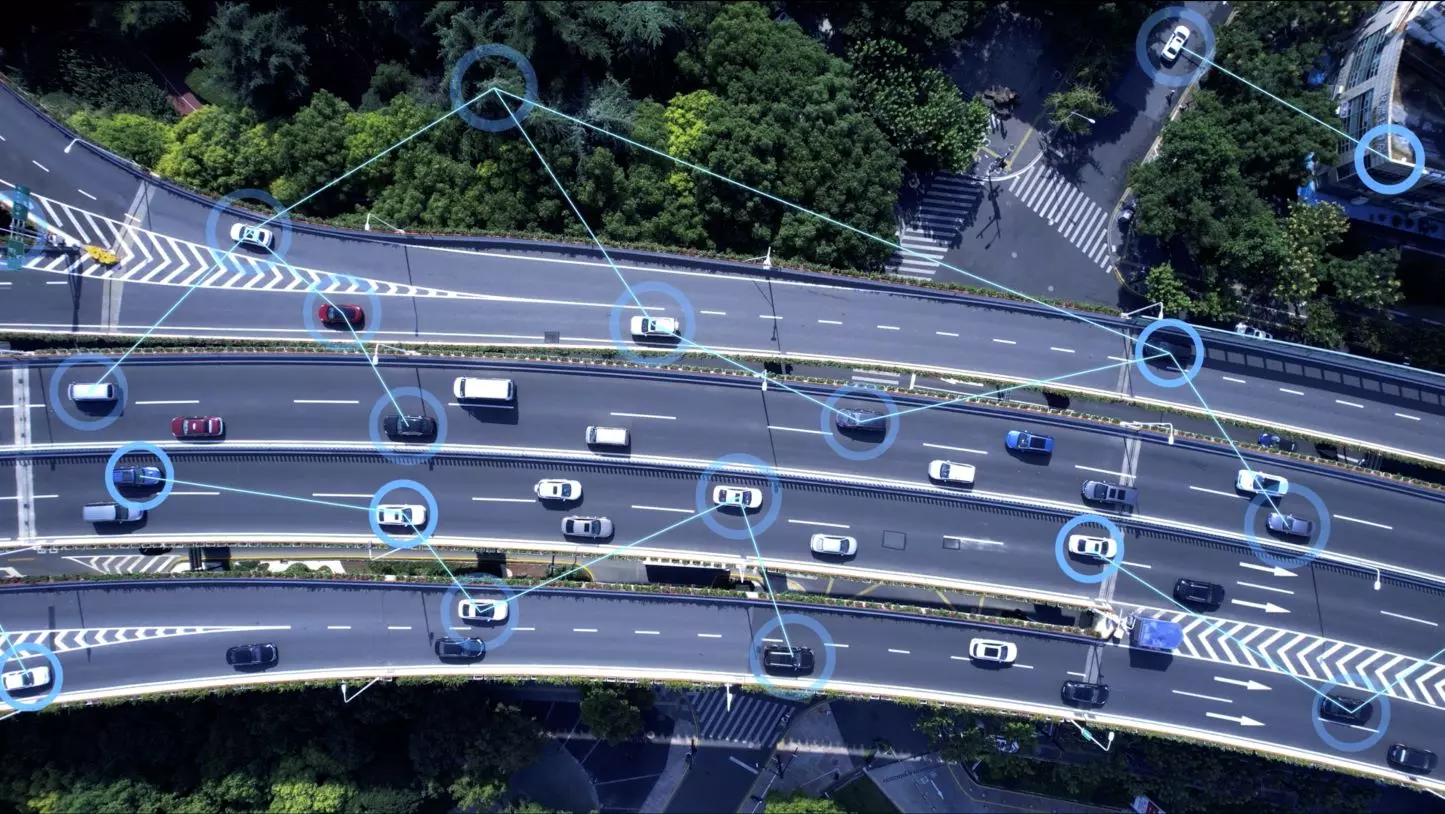You need an app, a route and a destination. The driver? It is the on-board computer. Here comes robotaxis, the latest example of a 'level 4' autonomous driving vehicle, i.e. without a human driver at the wheel. Programmed to move in total autonomy and only stop in the event of a breakdown, these cars are put into service to transport people like a real taxi, but without a driver. However, they can only move at limited speed within circumscribed areas predetermined by the local authorities and adequately equipped. Achieving 'level 5', that of maximum autonomy, remains out of reach for now, given current technological and infrastructural limitations.
‘Big Tech’ companies have entered the market, competing with the big car manufacturers with research and huge investments. Waymo, for example, is the self-driving car company founded by Google that already offers a taxi service. The company entered into a partnership with Fiat Chrysler and automated the Chrysler Pacifica Hybrid minivan. It also launched with Jaguar I-PACE the first fully electric self-driving SUV.
Amazon is also investing in its service: Zoox. Initially tested only for internal company commuting by employees, in February 2023 it took an AV vehicle on a public road for the first time, carrying out a test in Foster City (California).
General Motors is one of the most active traditional car manufacturers in the development of autonomous driving and aims to expand its Cruise robotaxi service also outside San Francisco. Today, this service is only available after registering on a waiting list. Japanese companies show great attention to this sector. Hyundai created Robotaxi, based on the Ioniq5 model, with an initial test run in Las Vegas while Nissan provided the vehicles used for ServCity, the experimental programme for this type of car in London.
And in the global competition for technological supremacy, China is certainly not lagging behind. The market leader Auto X is being joined by Baidu, SAIC Mobility, Huawei and Xiaomi. Baidu, in essence Google's counterpart in the land of the Dragon, already operates self-driving robotaxis in Wuhan and Chongqing with two million rides under its belt by early 2023. The company aims to double the number of vehicles on the road during the year and is ready to expand its Apollo Go service to Beijing as well.
In Europe, French companies EasyMule and Navya are investing in shuttle robots, small self-driving buses. Italy started late but is catching up thanks to the funds of the National Recovery and Resilience Plan (NRRP).
Robotaxis move using a combination of different technologies and create a map of their surroundings through various sensors. Lidar devices make it possible to measure distances to obstacles, vehicles or other objects using a remote sensing system based on pulses of laser light. Further ultrasonic sensors are found along the car and several cameras installed in the vehicle read road signs, traffic lights and detect nearby pedestrians.
All sensors have a self-cleaning system and can work even in the rain and in unfavourable weather conditions. The information they collect is then processed by powerful software that makes predictions about the behaviour of other vehicles in motion.
Among the main problems to be overcome, in order to promote industry and market development in this sector, is the need to disentangle the various government regulations, as each country has its own regulations on the subject. Other controversies concern privacy protection. An internal document of the San Francisco police explained how to deal with self-driving cars, which were mentioned as a possible source of visual evidence. Every day, in fact, such vehicles come into possession of many images through their cameras, and this aspect has raised several concerns among privacy advocates.
However, there are also many benefits to be expected from the spread of self-driving vehicles. For example, road accidents could be significantly reduced by eliminating human error and distraction, which are at the root of 90% of accidents. It would also have a big impact on people's lives in the cities. An ITDP report defines automation, electrification and sharing as the three revolutions in urban transport. Thanks to these innovations, vehicles on the roads could be reduced by 30% and traffic congestion in cities could be relieved, CO₂ emissions could be cut by 80% and the cost of public transport could be cut by 40%.
